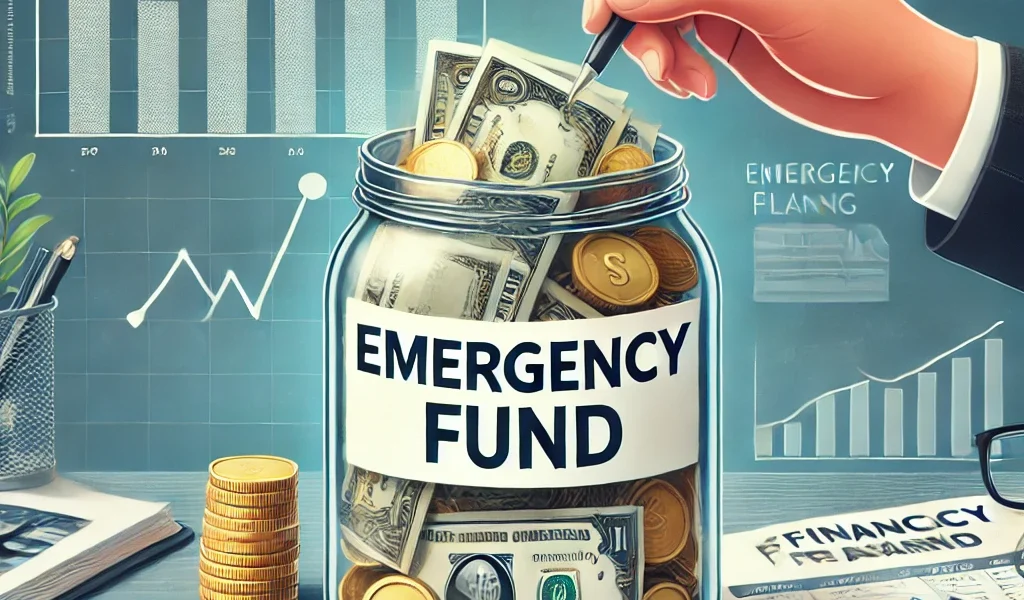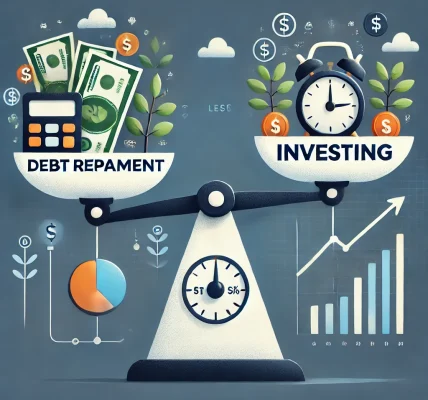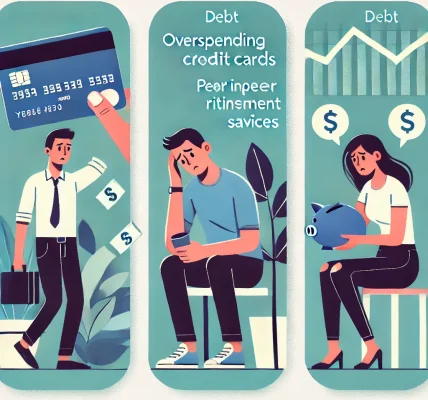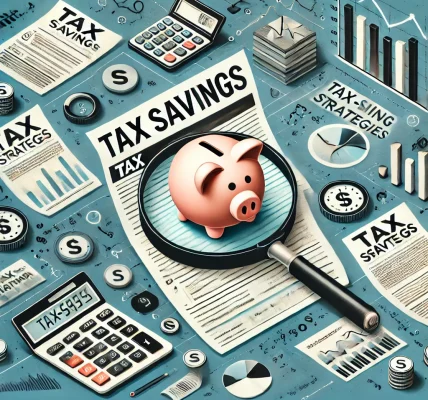Introduction
Life is unpredictable, and financial emergencies can arise when you least expect them. Whether it’s a medical emergency, sudden job loss, or unexpected home repairs, having a financial safety net is essential. This is where an emergency fund comes in.
An emergency fund is a dedicated pool of money set aside to cover unexpected expenses, preventing you from going into debt or financial distress. In this article, we’ll explore the importance of emergency funds, how much you should save, and practical steps to build one successfully.
Why You Need an Emergency Fund
1. Financial Security and Peace of Mind
Knowing that you have a financial cushion allows you to face unexpected situations without panic or stress.
2. Avoiding Debt and High-Interest Loans
Without savings, you may resort to using credit cards or high-interest loans, which can lead to long-term financial problems.
3. Protection Against Income Loss
Job loss or reduced income can happen unexpectedly. An emergency fund helps you stay afloat while you look for new opportunities.
4. Handling Medical Emergencies
Even with health insurance, medical bills can be expensive. Having an emergency fund ensures you can afford necessary treatments.
5. Unforeseen Home or Car Repairs
Appliances break down, cars need repairs, and home maintenance costs can arise suddenly. Emergency funds help cover these costs without disrupting your financial stability.
How Much Should You Save in an Emergency Fund?
General Rule of Thumb
Financial experts suggest saving three to six months’ worth of living expenses in your emergency fund. This amount provides a solid safety net in case of major financial disruptions.
Factors to Consider When Determining Your Emergency Fund Size
- Job Stability: If your job is unstable or you’re self-employed, consider saving six to twelve months’ worth of expenses.
- Family Size: More dependents mean higher expenses, so a larger emergency fund may be needed.
- Existing Debt: If you have high debts, save at least three months’ worth of expenses while focusing on debt repayment.
- Insurance Coverage: Having health, home, and car insurance reduces some financial risks, but out-of-pocket expenses should still be considered.
How to Build an Emergency Fund
Step 1: Set a Realistic Savings Goal
- Calculate your monthly essential expenses (rent, utilities, food, insurance, etc.).
- Multiply that by three to six months to determine your target fund amount.
Step 2: Start Small and Increase Gradually
- Begin with a small target (e.g., $500–$1,000) and gradually increase over time.
- Avoid feeling overwhelmed; even small contributions add up.
Step 3: Open a Separate Savings Account
- Keep your emergency fund separate from your regular checking account to avoid temptation.
- Consider a high-yield savings account for better interest earnings.
Step 4: Automate Your Savings
- Set up automatic transfers from your paycheck or checking account to your emergency fund.
- Treat it like a non-negotiable expense.
Step 5: Cut Unnecessary Expenses
- Identify non-essential spending (e.g., dining out, subscriptions, impulse purchases).
- Redirect those savings toward your emergency fund.
Step 6: Increase Income Streams
- Take on freelance work, part-time jobs, or side hustles.
- Use bonuses, tax refunds, or extra income to boost your fund.
Step 7: Store Your Fund in an Accessible but Secure Account
- Use a savings or money market account rather than an investment account.
- Avoid investing in volatile assets like stocks, as you need quick access to the money.
Step 8: Refill Your Fund After Use
- If you withdraw from your emergency fund, make replenishing it a top priority.
- Resume regular contributions as soon as possible.
Where to Keep Your Emergency Fund
1. High-Yield Savings Account
- Pros: Earns interest, easy access.
- Cons: Lower returns than investments.
2. Money Market Account
- Pros: Higher interest rates, some check-writing options.
- Cons: May have minimum balance requirements.
3. Certificate of Deposit (CD) Laddering
- Pros: Higher interest rates than savings accounts.
- Cons: Limited access, penalties for early withdrawals.
4. Cash and Liquid Assets
- Keeping a small portion of cash at home is advisable for emergencies.
Common Mistakes to Avoid
- Using the Fund for Non-Emergencies: This fund is for true emergencies, not vacations or impulse purchases.
- Not Saving Enough: Underestimating your expenses can leave you financially vulnerable.
- Keeping It in the Wrong Place: Avoid tying up emergency funds in long-term investments with withdrawal restrictions.
- Failing to Replenish the Fund: If you use it, make sure to refill it as soon as possible.
Conclusion
Building an emergency fund is one of the smartest financial decisions you can make. It provides peace of mind, financial security, and protection against unexpected hardships. Start small, stay consistent, and make your emergency fund a priority. Your future self will thank you!




